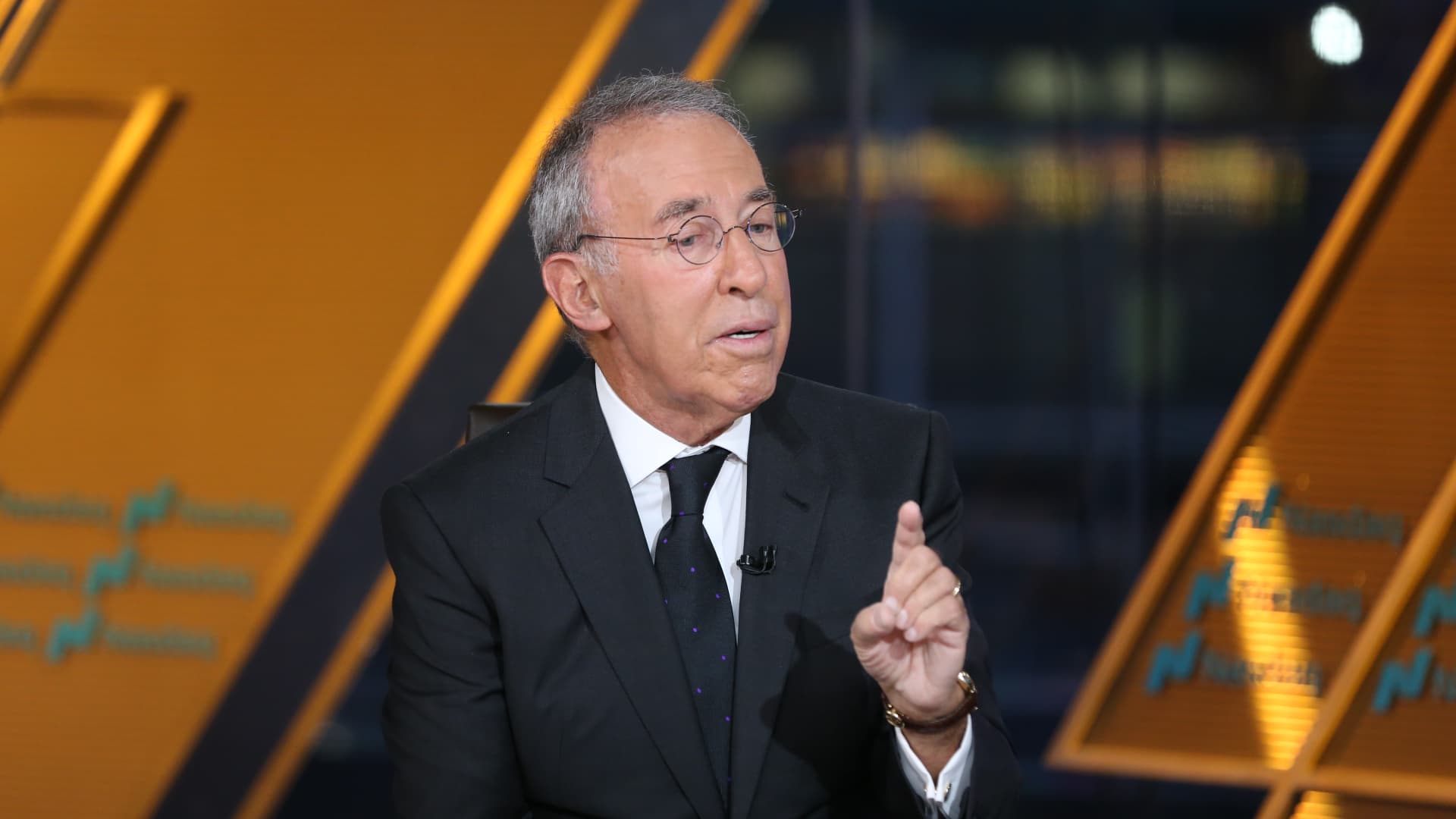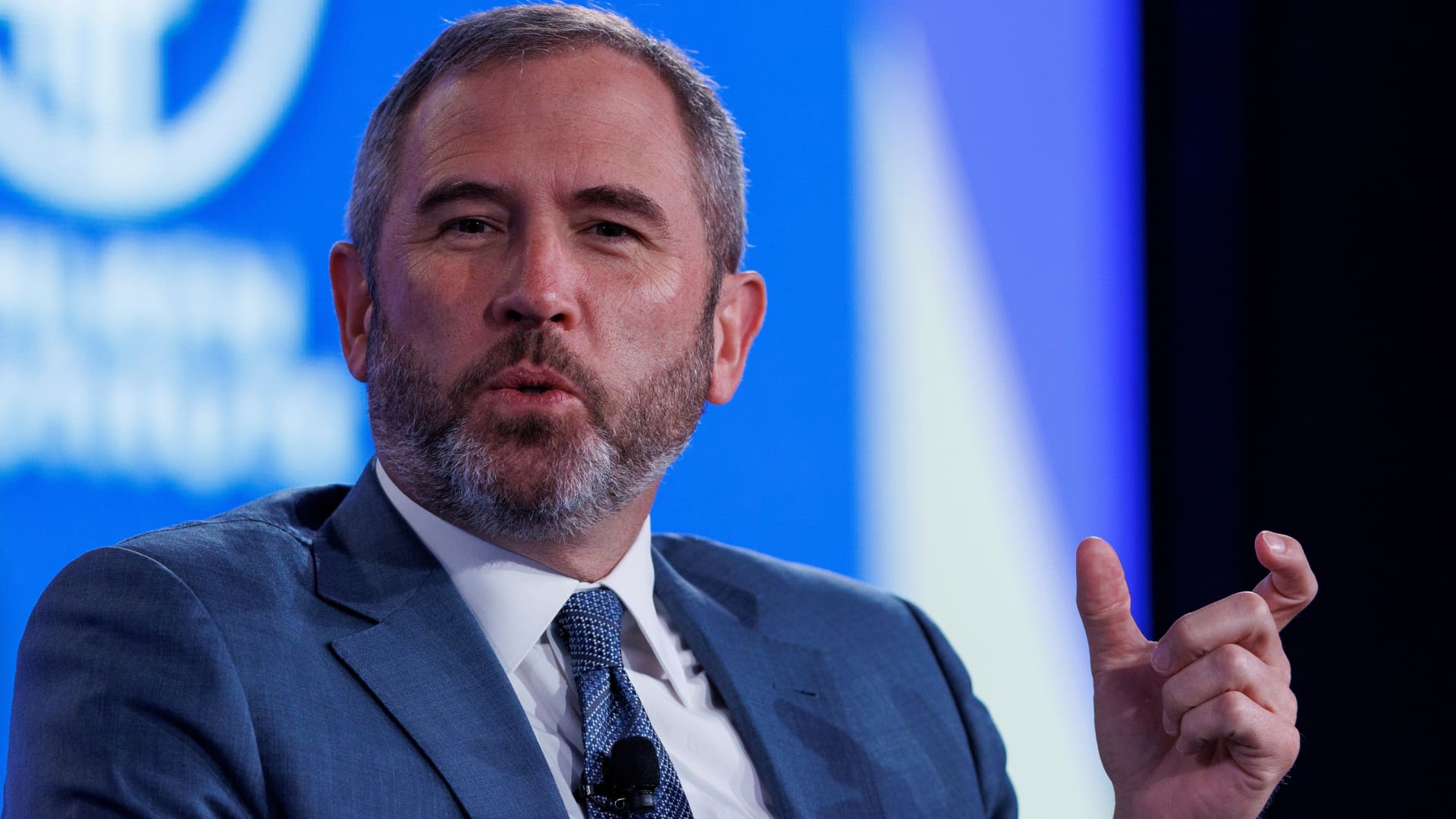Trump’s trade policies are helping India-China ties — but they aren’t resetting them

Chinese Foreign Minister Wang Yi wrapped up his two-day trip to India on Tuesday — the latest sign of warming ties between Beijing and New Delhi. During his visit, Wang said India and China should “view each other as partners and opportunities rather than adversaries or threats,” according to a readout from the Chinese Foreign Ministry translated by Google. In the readout, Wang also said the meeting between Chinese President Xi Jinping and Indian Prime Minister Narendra Modi in October 2024 marked a “restart” in China-India relations. Contrast that with the souring of U.S.-India relations over the past few months. U.S. President Donald Trump went from giving bear hugs to Modi in February, to labeling India the “tariff king” six months on, slapping India with one of the highest duties, and accusing it of fueling Russia’s war in Ukraine through oil purchases . The rift raises the question: Is India, a country that has enjoyed strong diplomatic relations with Washington, now drawing closer to Beijing? Ivan Lidarev, visiting senior fellow at the Institute of South Asian Studies, told CNBC that India is indeed moving toward Beijing, but pointed out that the cooling of U.S.-India ties is just one factor. India and China ties had warmed after Xi and Modi met in October last year on the sidelines of the BRICS summit, where the two sides had agreed to deescalate tensions along their disputed border. “President Trump’s policy toward India, and actually toward China, to some extent, has accelerated this process,” Lidarev said. Trump slapped high tariffs on India for buying oil from Moscow, but said last week after his summit with Russian President Vladimir Putin that he has no immediate need to consider retaliatory tariffs on countries such as China for doing the same. Michael Kugelman, director of the South Asia Institute at Washington-based think tank Wilson Center, told CNBC’s ” Squawk Box Asia ” Wednesday that with friction in the U.S.-India relationship, New Delhi is more inclined to hedge against the uncertainty in its relations with the U.S. by trying to “open things up “with China. Lidarev pointed out, “On the U.S. side, there is no change in public perception of India, but on the Indian side, there is a very big change in public perceptions. I think that many Indians are very unhappy with U.S. behavior. They believe that India has been mistreated. They’re outraged by the tariffs and by what they see as American attempts to twist India’s hand.” Thawing China-India ties In a sign of warming ties, China’s Wang called on Modi on Tuesday, extending to him an invitation from Xi to the Shanghai Cooperation Organization summit in Tianjin at the end of August. Modi has accepted the invitation. A trip would mark the Indian prime minister’s first visit to China in seven years. Direct flights from India to mainland China , which have been suspended since the start of the Covid-19 pandemic in 2020, are set to resume. Both sides also agreed to reopen border trade at three designated trading points. Indian media reported on Wednesday that China agreed to lift curbs on exports on fertilizers, rare earths and tunnel boring machines. Separately, several Indian companies have pursued partnerships with Chinese companies earlier this year, The Economic Times reported in July. Indian conglomerates Reliance and Adani Group have, likewise, reportedly been pursuing deals with Chinese companies , with Adani Group founder Gautam Adani visiting companies like battery maker Contemporary Amperex Technology in June. Tactical, not strategic reset However, the move toward Beijing does not signify a fundamental reshaping of India’s relationships in the Indo-Pacific, experts said. Chietigj Bajpaee, senior research fellow for South Asia at Chatham House, told CNBC that the China-India relationship is undergoing a “tactical rather than strategic reset.” ” None of the fundamental grievances in the bilateral relationship have been resolved,” he highlighted. Bajpaee noted that the border dispute has not been resolved, and there are some fault lines that are still present in the relationship, including water disputes and China’s “all-weather” relationship with Pakistan. That was seen in the border conflict in May between India and Pakistan, in which the latter claimed that Chinese-made J-10C Pakistani fighters shot down India’s French-made Rafale fighter jets. Pakistan had procured the J-10Cs back in 2021, in response to India buying 36 Rafales in 2015. Similarly, Li Mingjiang, associate professor at Singapore’s S Rajaratnam School of International Studies said the current detente is more of a “tactical pause.” He noted that both sides — referring to Beijing and New Delhi — have strong incentives to manage tensions, but because of the unresolved tensions, the easing is likely to be short term in nature. In his view, the broader Indo-Pacific landscape is still defined by competition and hedging. To be sure, India still does have a deep relationship with the U.S., with the two nations having a “Comprehensive and Global Strategic Partnership” with cooperation in defense, technology, and clean energy . India was also designated a “major defense partner” by the U.S. in 2016. When asked if India will remain the U.S.’ counterweight to China, Li said it’s unlikely that New Delhi would abandon that role. He added that both countries share “enduring strategic interests” in limiting Beijing’s regional dominance, and that current tariff pressures are mainly related to the Russia-Ukraine war. “If that conflict winds down, Washington and New Delhi may find it easier to smooth over trade frictions,” Li said.









